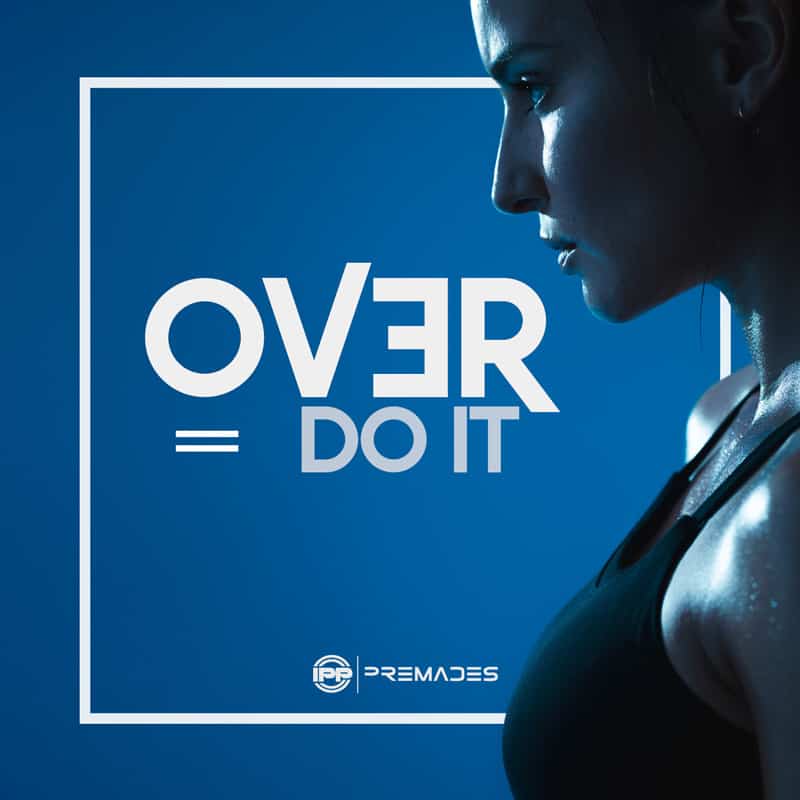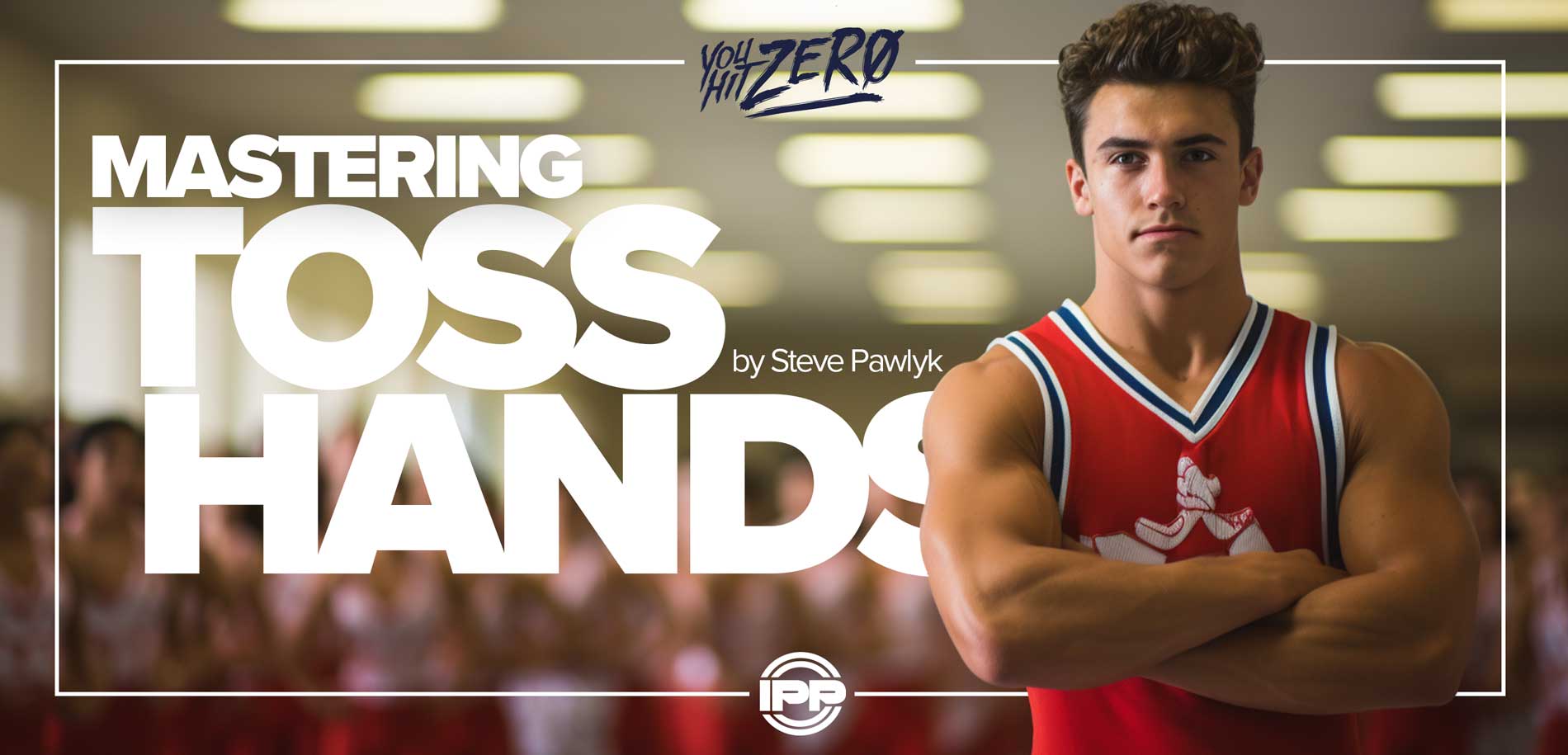By Steve Pawlyk
Published October 13, 2023
Cheer is a highly demanding sport that requires a unique blend of strength, flexibility, and coordination, not to mention a high level of mental toughness. In this comprehensive guide, we will delve into the training regimens of top cheer athletes around the world. From workout routines to diet plans and mental training techniques, we’ve got it all covered.
Disclaimer: Always consult a qualified healthcare provider or fitness trainer before starting any new fitness regimen or diet plan.
Workout Routines
Strength Training
Core Conditioning
The core is the foundation of almost all cheer movements. Top cheer athletes focus on exercises like planks, Russian twists, and V-ups to develop core stability and strength.
Upper Body Workouts
Push-ups, pull-ups, and weight training for the shoulders and arms are integral to a cheerleader’s workout routine. Strong arms and shoulders are essential for stunts and tumbles.
Lower Body Workouts
Squats, lunges, and calf raises are crucial for building leg strength. This helps with jumps, tumbles, and lifts.
Cardio and Endurance
High-intensity interval training (HIIT) and aerobic exercises such as running, cycling, and swimming are commonly incorporated to improve stamina.
Flexibility Training
Static and Dynamic Stretching
Both forms of stretching are essential for cheer athletes. While static stretching helps in muscle recovery and flexibility, dynamic stretching is more about preparing the muscles for high-impact routines.
Yoga and Pilates
These are becoming increasingly popular for enhancing flexibility and mindfulness.
Skill-Specific Training
Tumbling Practice
From backflips to somersaults, specialized training sessions are a must.
Stunting Techniques
Training includes not just lifting and flying, but also intricate dismounts and catches.
Dance Routines
Precision and synchronization are crucial. Hence, cheer athletes spend significant time perfecting their dance movements.
Diet Plans
Macronutrients
Proteins
High-quality protein sources like chicken, fish, and plant-based proteins are essential for muscle recovery.
Carbohydrates
Whole grains, fruits, and vegetables provide the energy needed for high-intensity workouts.
Fats
Healthy fats like avocados, olive oil, and nuts are essential for joint and brain health.
Micronutrients
Vitamins and minerals are equally important. Leafy greens, fruits, and supplements are often recommended.
Hydration
Maintaining optimal hydration levels is critical. Besides water, electrolyte-balanced drinks are also suggested during intense training sessions.
Timing
Meal timing, such as pre-workout and post-workout nutrition, is strategically planned to maximize performance and recovery.
Mental Training Techniques
Visualization
Visualization techniques help athletes to mentally rehearse their routines, thereby improving performance.
Mindfulness
Mindfulness and breathing exercises enhance focus and reduce stress.
Positive Reinforcement
Affirmations and positive self-talk motivate athletes and improve their mental resilience.
Team Psychology
Group activities and team-building exercises foster a sense of community and mutual support, which is essential for a sport that relies heavily on synchronization and teamwork.
Cheer is not for the faint of heart. It requires a remarkable level of physical and mental dedication. While the specifics may vary from athlete to athlete, the essence remains the same: consistent hard work, proper nutrition, and a strong mental game. By adopting some of these proven strategies from top cheer athletes, you too can aim for that flawless routine and, ultimately, hit zero at your next competition.
IPP's Premade Mixes are USA Cheer Compliant and customizable! Add Sound FX, swap songs, & more! Add your Team Name to the mix for only $10!













